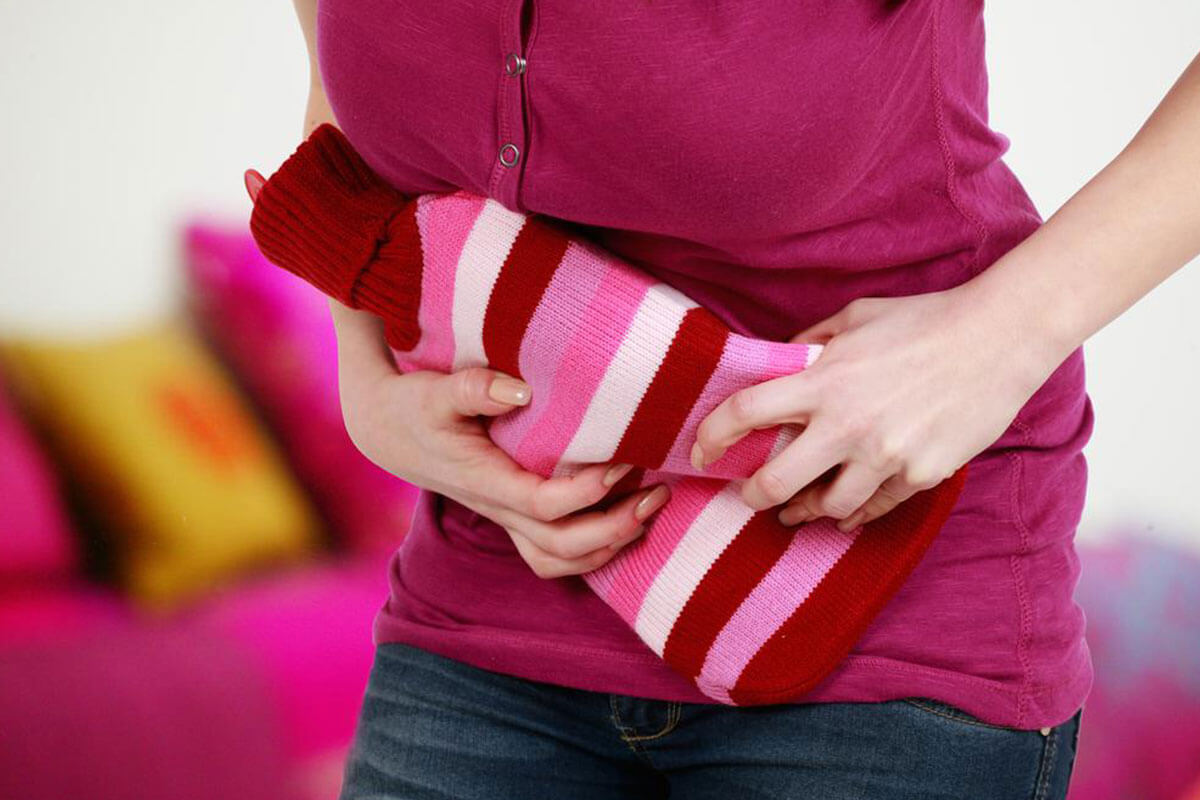10 Common Signs of Liver Damage That You Should Be Aware Of

The liver is one of the vital organs in our body. Located in the upper right part of the abdominal cavity, the liver performs multiple functions and plays a significant role in ensuring the metabolic processes are carried out by the body.
Functions of the liver
The main function of the liver is to filter the blood coming in from the digestive tract, before the blood moves to the rest of the body. The liver is a detoxifying organ. A lot of toxins get into our body through the food we ingest. The liver detoxifies the chemicals and metabolizes drugs. Bile, an enzyme that is needed to break down the fats, is secreted by the liver. The liver also synthesizes proteins that are needed for blood clotting and other important functions.
Conditions that damage the liver
Like other organs, the liver is also prone to infections. Conditions that affect the liver are hepatitis, cirrhosis, liver cancer, liver failure, ascites, primary biliary cirrhosis, gallstones, hemochromatosis, and primary sclerosing cholangitis.
Common liver damage signs
Low platelet count
When you accidentally cut your hand, the blood flows stop and its clots. It is the function of the platelets to help in clotting. Platelets are minute, disk-shaped cell fragments in the bloodstream that help the blood to clot. If a person suffers from liver damage, one of the signs is that his/her platelet count would bound to be low. Medically, this condition is known as Thrombocytopenia. A complete liver study is accomplished through a blood test and a low platelet count is one of the key liver damage signs.
Nausea
Nausea is a sensation where there is an urge to vomit. Persistent nausea not only causes discomfort but can also be debilitating. When the liver malfunctions, nausea occurs. Nausea is one of the first liver damage signs, along with lethargy and fatigue.
Fatigue
Despite not being engaged in any sort of physical activity, some people suffer from tiredness. Tiredness can sometimes result due to underlying health conditions. However, extreme tiredness and fatigue are one of the classic liver damage signs.
Edema
Edema is a swelling caused due to an accumulation of liquid in the various tissues and body cavities. In case of liver damage, the liquid accumulation occurs in the abdominal cavity and is known as ascites. Edema can also be present in the legs, known as cirrhosis.
Jaundice
Jaundice, also known as the “yellow disease” causes your skin and the whites of your eyes to turn yellow. An increased level of the yellow pigment called bilirubin in the blood imparts the yellow hue. Bilirubin is broken down by the liver and when this does not happen, jaundice manifests, making it one of the visible liver damage signs.
Bruising
While it is common for any one of us to suffer a bruise against any rough surface, getting one even on a slight contact is not a healthy sign. Getting bruised easily is a blood disorder and those who suffer from liver disease/damage suffer from blood disorders.
Bruising results when the blood does not clot properly. This is an indicator of low platelet count and a low platelet count is a warning sign of underlying liver damage. If you notice a good number of bruises at an alarming regularity, it’s time to completely assess your liver condition.
Swollen spleen
The spleen is located behind the rib cage and is part of the lymph system, which works as the drainage network, to fight infections. An enlarged spleen is an indicator of liver damage.
Stomach pain
Stomach pain is a vivid indicator that things are not fine inside your abdomen. It could be a result of overeating or ingesting something toxic. Stomach pain can also be caused due to a swelling in any of the abdominal organs. If the stomach pain is unbearable and persistent, it could be one of the liver damage signs. The cause of swelling has to be examined.
Diarrhea
Stomach upset due to food poisoning is something that happens often. However, if you suffer from diarrhea on a continuing basis, it is a warning sign that something’s not right with your digestive system. In addition to tiredness and nausea, diarrhea is also one of the first symptoms to indicate liver damage.
Whatever gets ingested into our digestive system, the liver takes on the responsibility to process the foods. So, when there is liver damage, the digestive process is disrupted, which outwardly manifests in the form of diarrhea.
Loss of appetite
Any type of illness causes a loss of appetite. Also, it mostly occurs if the ailment is related to the digestive system. The loss of appetite is, in fact, more psychological than physical. As a result of liver damage, the malfunctioning liver does not process the ingested food. The impaired digestion leads to loss of appetite.
If you experience any of the above liver damage signs and symptoms, it’s best to visit a doctor and follow up on treatment, so that your liver can bounce back to normal.


